
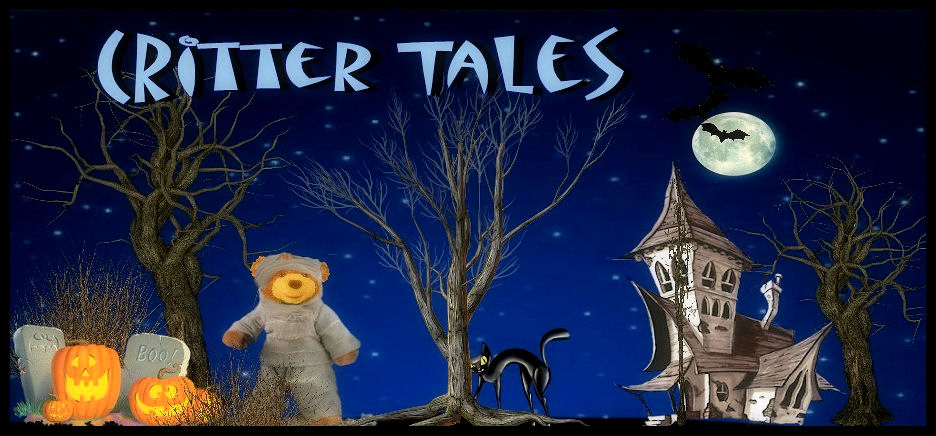
The Yellow Gazette, Vol.2 No.6 October 2011
Vampire Bats |
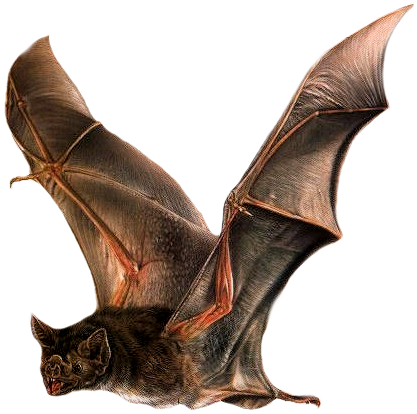 |
There are three kinds of Vampire bats on our planet and none of them live in Transylvania. The Common Vampire Bat, the Hairy-legged Vampire Bat and the White-Winged Vampire Bat all live in Central and South America. While much of the world sleeps, vampire bats emerge from dark caves, mines, tree hollows, and abandoned buildings in Mexico and Central and South America. They glide stealthily through the night air as they search for food. Like the legendary monster from which they get their name, these small mammals drink the blood of other animals for survival. They feed on blood from cows, pigs, horses, and birds. Though uncommon, vampire bats occasionally bite humans for blood. Rather than sucking blood, vampire bats make a small cut with their teeth and then lap up the flowing blood with their tongues. These bats are so light and agile that they are sometimes able to drink blood from an animal for more than 30 minutes without waking it up. The blood sucking does not hurt the animal. Vampire bats have special adaptations to help them with their unique feeding needs. Unlike some other species of bats, vampire bats can walk, run, and jump. They have very strong hind legs and a special thumb that helps them take off after feeding. Also, heat sensors on their noses help them find a good spot on an animal's body to feed. What happens if vampire bats don't get their nightly meal? If they can't find blood for two nights in a row, they will die. Are vampire bats really that scary? Even though bat bites themselves aren't harmful, vampire bats can spread a disease called rabies. This disease hurts farmers' livestock, especially cattle herds. However, vampire bats can actually be quite tame, and even friendly to humans. |
|
Fun Facts |
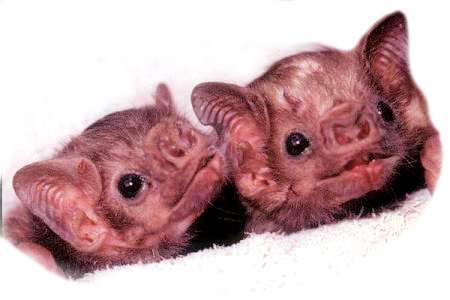 Vampire Babies |
|
|
To the Top |
|
Komodo Dragon |
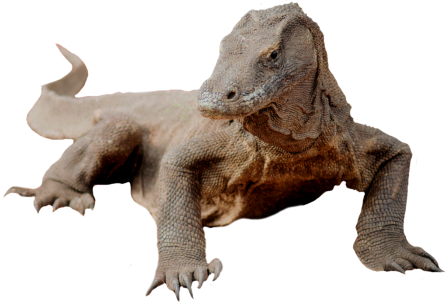 |
Komodo dragons are the biggest and heaviest lizards on Earth. Full-grown adults can reach 10 feet (3 meters) long and weigh more than 300 pounds (140 kilograms)! Most weigh about 150 pounds (70 kilograms). These giant reptiles have been around for millions of years, but scientists didn't study them until about a hundred years ago. They are powerful-looking reptiles with wide, flat heads, rounded snouts, bowed legs, and huge, muscular tails. They have a clumsy, back-and-forth walk, and their yellow tongues flick in and out constantly. The dominant predators on the islands where they live, Komodo dragons will eat almost anything they find, including already dead animals, deer, water buffalo, pigs, smaller Komodo dragons, and occasionally humans! When hunting, Komodo dragons rely on camouflage and patience, lying in bushes or tall grasses until a victim passes by. They pounce on their prey with powerful legs and sharp claws, then sink their jagged, sharklike teeth in. An animal that escapes the jaws of a Komodo won't feel lucky for long. Dragon saliva contains large amounts of bacteria, which poisons their victims, usually within 24 hours. Dragons will calmly follow their bitten prey for miles, using their keen sense of smell to find the corpse. Komodo dragons will often share a large carcass. The biggest males eat first. They have huge appetites and have been known to eat up to 80 percent of their body weight in a single feeding. That's 240 pounds (110 kilograms) of meat for a 300-pound (140-kilogram) dragon! Female Komodo dragons lay up to 30 eggs, which they will guard for several months. Babies are greenish with yellow and black bands but become solid gray to reddish-brown as they age. Young dragons will stay in the trees until they are about eight months old to avoid predators, which include larger dragons. They can live to be 30 years old or more in the wild. There were once many Komodo dragons in the world, but their numbers are down to only a few thousand now. They have suffered from hunting by humans, as well as natural disasters, loss of habitat, and less available prey. They are considered an endangered species. |
|
Fun Facts |
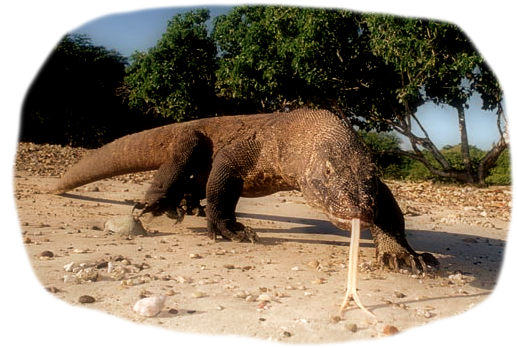 Komodo Dragon |
|
|
To the Top |
|
Sloth |
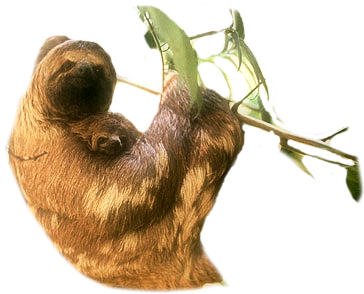 |
These drowsy tree-dwellers sleep up to 20 hours a day! And even when they are awake, they barely move at all. In fact, they're so incredibly sluggish, algae actually grows on their fur. Sloths live in the tropical forests of Central and South America. With their long arms and shaggy fur, they resemble monkeys, but they are actually related to armadillos and anteaters. They can be 2 to 2.5 feet (0.6 to 0.8 meters) long and, depending on species, weigh from 8 to 17 pounds (3.6 to 7.7 kilograms). There are two main species of sloth, identified by whether they have two or three claws on their front feet. The two species are quite similar in appearance, with roundish heads, sad-looking eyes, tiny ears, and stubby tails. Two-toed sloths are slightly bigger and tend to spend more time hanging upside-down than their three-toed cousins, who will often sit upright in the fork of a tree branch. Three-toed sloths have facial coloring that makes them look like they're always smiling. They also have two extra neck vertebrae that allow them to turn their heads almost all the way around! Some scientists think sloths developed their slow-motion lifestyle so they would be less noticeable to predators such as hawks and cats, which rely heavily on their eyesight when hunting. The algae that grows on sloths' fur also helps them avoid predators by letting them blend in with green leaves. Sloths eat mainly leaves and fruit and get most of the water they need from plants. They are clumsy and virtually helpless on land and rarely come down from the trees. About once every week, they descend to go to the bathroom, slowly moving about by digging their front claws into the dirt and dragging their bodies. If they are caught by a predator, sloths turn from sluggish to slugger, biting fiercely, hissing, slashing with their claws, and shrieking. The three-toed sloth is even nicknamed ai (pronounced "eye") in Latin America for the high-pitched scream the species lets out when bothered. While some subspecies are classified as endangered, not much is known about population numbers of the world's sloths. What is known is that the jungles these gentle creatures call home are being cut down at a rapid rate, and it's likely their numbers are being reduced. |
|
Fun Facts |
 Sloth mother with cub |
|
|
To the Top |
|
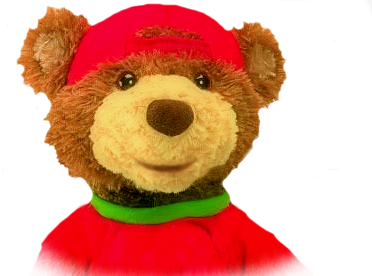 |
Well that is it for this issue. I hope you enjoyed the page. Bye for now :-) Randy |
To the Top |
|
If you have any plants you would like donate to Little Nellie for use in Yellow (or elsewhere), you can send them to yellowgazette@cox.net Send all questions or comments to yellowgazette@cox.net. | |